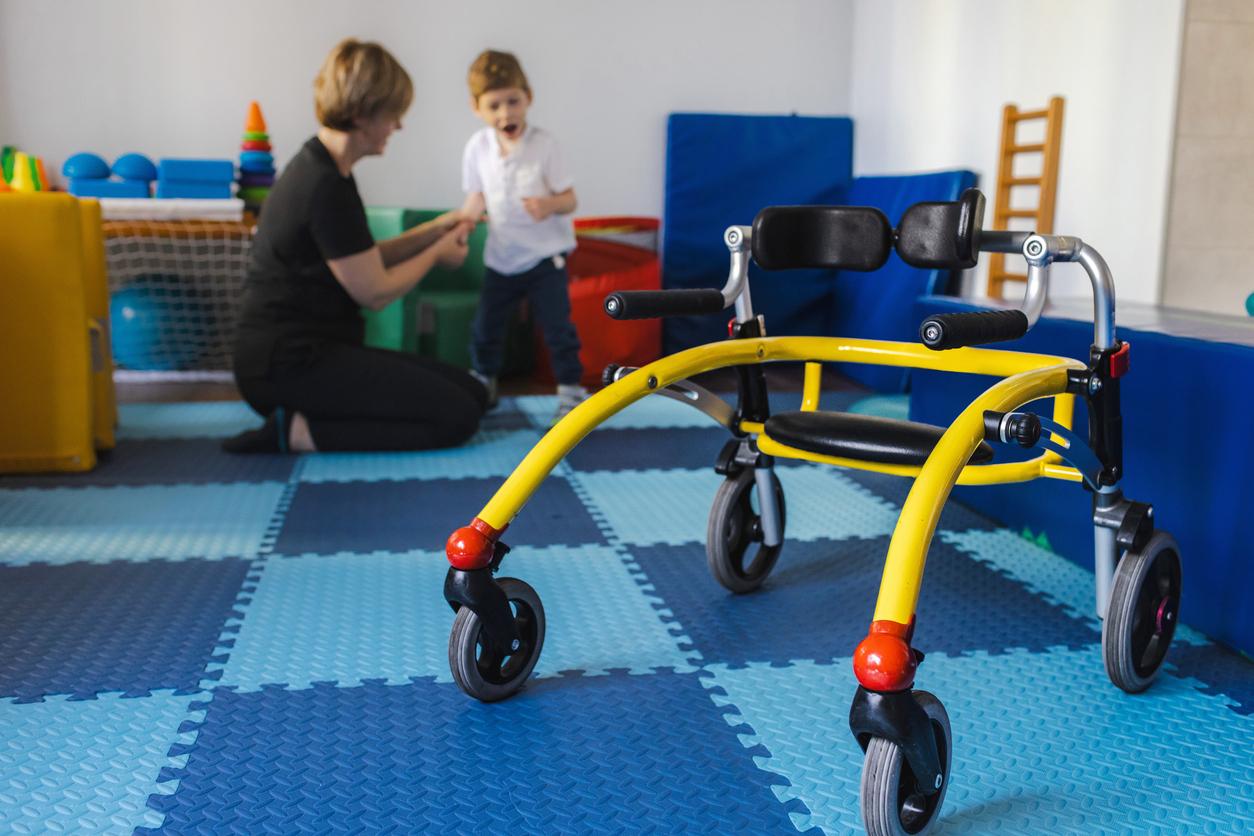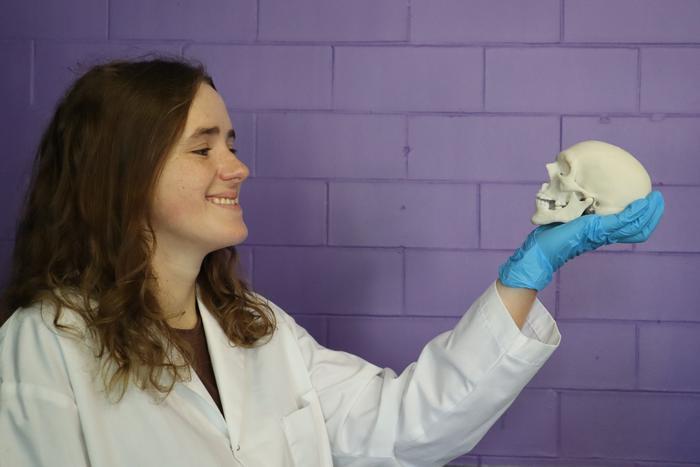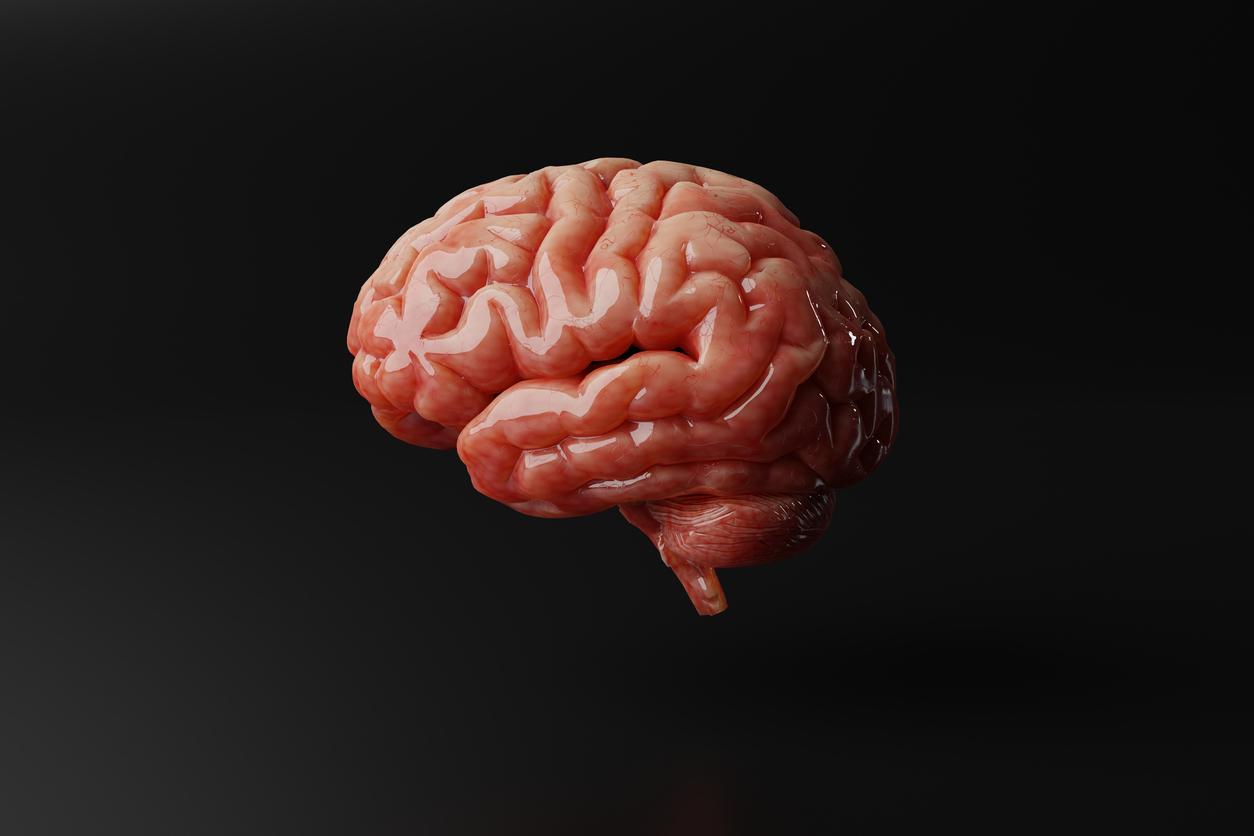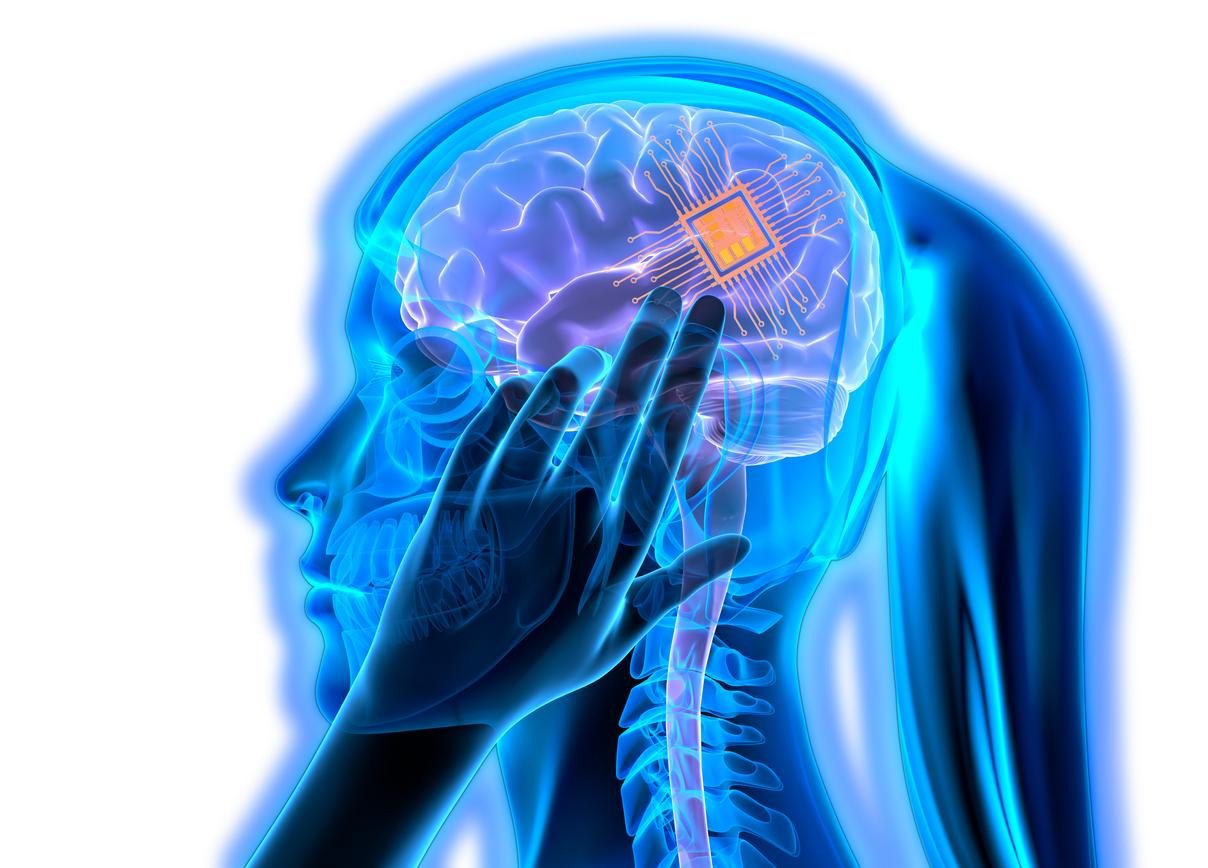The electric implant could help people with spinal cord injuries to walk again, without necessarily using an exoskeleton.
-1575625831.jpg)
An electrical implant as well as advances in spinal cord mapping could soon help people with spinal cord injuries walk again. This is the project that Vivian Mushahwar, bioengineer and researcher at the University of Alberta (Canada), has been carrying out over the past two decades.
An unexplored path, according to the researcher
Other researchers have tried different ways to restore movement, for example by sending electrical impulses to the muscles of the legs, for example, because it is possible to put people back on their feet or make them walk. However, the effect is strictly mechanical and not particularly effective.
Vivian Mushahwar’s research has focused on restoring lower body function following severe injuries, using a tiny spinal implant. Electric wires, similar to hair, are used to send a signal allowing a person to stand and walk. Helping people walk again remains the dream of the Canada Research Chair in Functional Restoration. Thanks to this electrical implant developed in the laboratory of Vivian Mushahwar and the mapping of the spinal cord, this dream could become a reality within the next ten years. “It’s the same goal that Mushahwar had decades ago. Except now it’s not a laughable idea anymore.”
Spinal Cord Mapping
In a new paper published in Scientific Reports, the team presents a map to identify which parts of the spinal cord trigger the hip, knees, ankles and toes, as well as the areas that bring movement together. The work showed that the spine maps were consistent across the animal spectrum, but more work is needed before moving on to human trials.
The next steps are to refine the hardware, miniaturize an implantable pacemaker, and obtain Health Canada and FDA approvals for clinical trials. Previous research has addressed the problem of translating brain signals and intention into commands at the intraspinal implant. However, the first generation of implants will require a patient to control walking and movement. Future implants could include a connection to the brain.
Vivian Mushahwar imagines the future: a person has a simple thought and a command is transmitted to the spinal cord. The person gets up and walks. This is the dream situation, she says.
According to her, people tend to believe that the brain does all the thinking work, but the spinal cord has its own built-in intelligence.
.

















